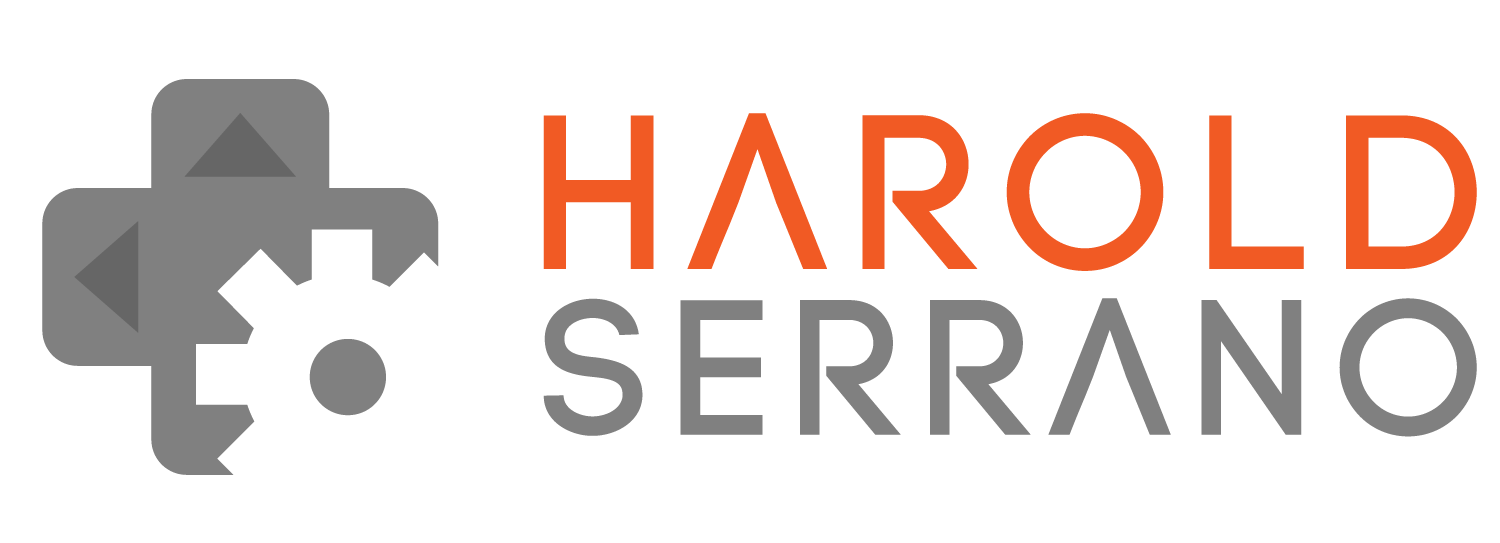As stated in my previous post, my goal is to improve the robustness of the Untold Engine by focusing on developing various games.
I was thinking of a game to make, and I thought about how much my kids love car games. So, I decided to develop one.
I went to BlenderMarket to check out any car assets I could use, and I found a nice City asset.
My idea is for the car to drive around the city. Since this game is mainly for my kids, I figured that it would be a good idea to add some AI assistance for them. By AI assist, I simply mean a path the car will follow throughout the game. That way, my kids do not have to worry about driving, and just enjoy the game as the car speeds throughout the city.
So, I opened up Blender and added control points representing the path. I then wrote a simple script to export the control points into an array that the Untold Engine can use as waypoints.
Since the Untold Engine has a Steering System in place, it didn’t take long to hook up the car object and make it follow a path; it took only one function call.
I wanted a camera to follow the car. This was also simple to do. The Untold Engine has a function that allows for a camera to follow a model at a determined offset.
In no time, the car was driving around the city following a determined path.
So, now is time to make the game entertaining. I’m thinking of adding power-ups throughout the city which will make the car go faster. Such mechanics would be perfect for testing the collision system, which I have yet to develop. I also want the game to be played on the Apple TV. However, for this to happen, I need to make the game educational so that my wife approves of it. lol.
So, what issues did find?
Even though the setup took a few minutes, I saw problems right away. For example,
- the engine does not have any culling mechanism.
- Loading times were too long and
- Z-fighting was apparent.
Stay tuned for part-II



